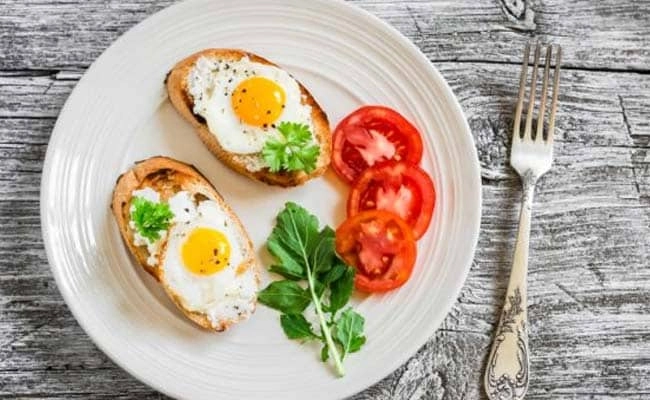When it comes to cooking dals, a staple in many cuisines, the timing of adding salt can greatly influence the final texture and flavor of the dish. One of the most effective practices is to add salt only after pressure cooking the dals. This approach is rooted in the science of cooking and can lead to a significantly better eating experience.
Dals, which are legumes like lentils, split peas, and beans, contain proteins and starches that can behave differently under heat and pressure. When you add salt before cooking, it can inhibit the cooking process, making it difficult for the legumes to soften properly. Salt draws water out of the food through osmosis, which can lead to firmer dals that take longer to cook and may not achieve the desired creamy texture. By waiting until after the pressure cooking phase to add salt, you allow the dals to cook evenly and fully, absorbing moisture and flavor without the interference of salt.
Furthermore, adding salt post-cooking allows for better control over the seasoning of your dish. It gives you the opportunity to taste the dals and adjust the saltiness to your preference. This practice also enhances the overall flavor profile, as the dals can absorb other spices and seasonings more effectively when they are fully cooked and tender. Additionally, this method minimizes the risk of over-salting, which can easily happen if salt is added too early in the cooking process.
In conclusion, adding salt after pressure cooking dals not only helps achieve the ideal texture but also enhances the flavor of the dish. This simple adjustment can make a significant difference in the quality of your dals, allowing for a more enjoyable and satisfying meal. Whether you’re preparing a comforting dal for a family dinner or a sophisticated dish for entertaining guests, timing your salt addition can elevate your cooking to new heights.




